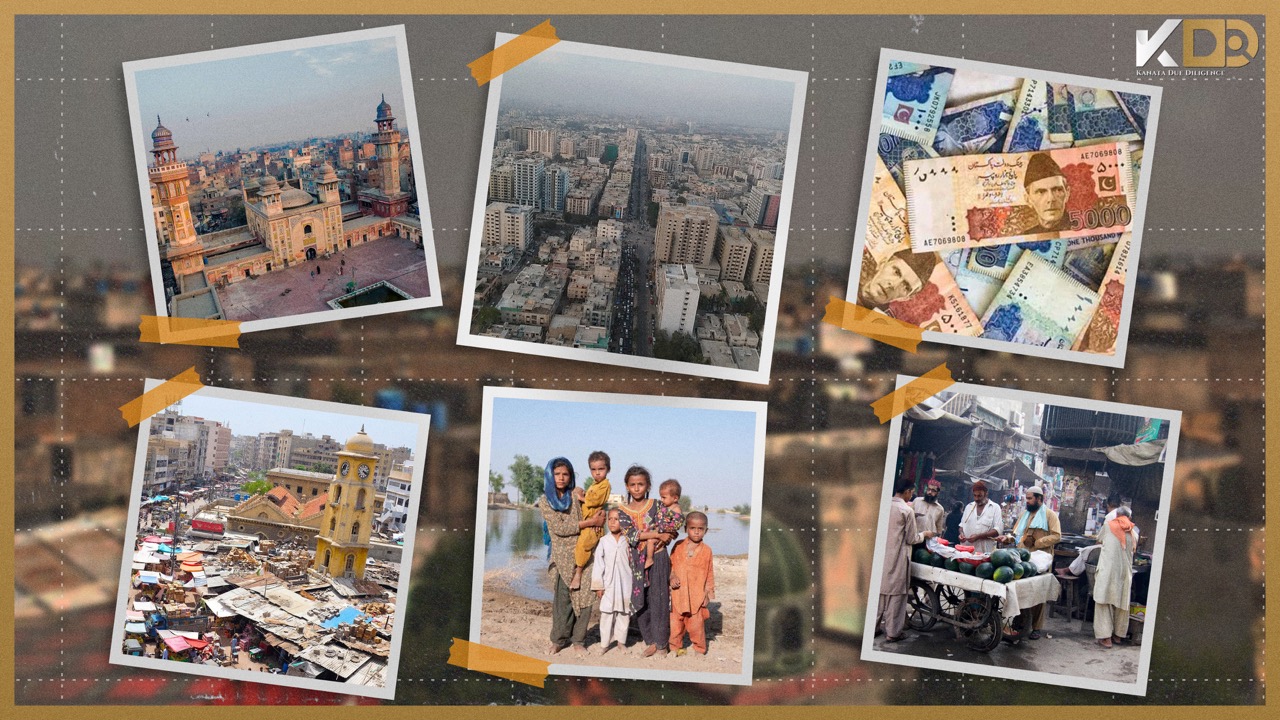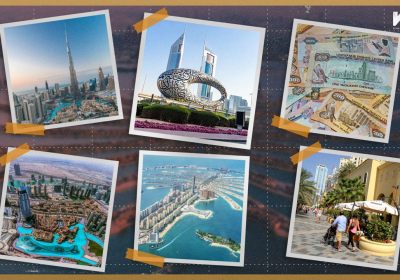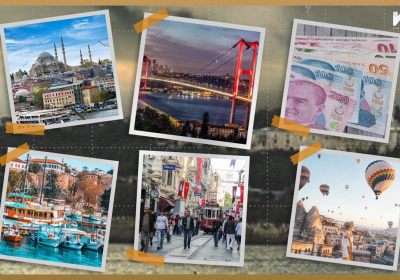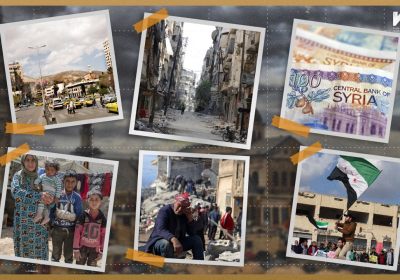Pakistan: A Tapestry of Heritage, Challenges, and Resilience

Pakistan, situated at the crossroads of South Asia and the Middle East, is a nation defined by its rich cultural heritage, diverse landscapes, and the complex interplay of tradition and modernity.
Geographical Diversity: Pakistan’s geography is a breathtaking mosaic, ranging from the mighty peaks of the Himalayas in the north to the coastal plains along the Arabian Sea. The country shares borders with India, Afghanistan, Iran, and China, positioning it strategically in a region of geopolitical significance.
Linguistic and Ethnic Diversity: Urdu serves as the national language, but Pakistan is home to a multitude of languages reflecting its ethnic diversity. Punjabi, Sindhi, Pashto, Balochi, and others contribute to the linguistic tapestry, highlighting the nation’s multicultural identity.
Cultural Richness and Historical Heritage: Pakistan’s cultural heritage is deeply rooted in its historical significance. Mohenjo-daro, an ancient archaeological site of the Indus Valley Civilization, is a testament to the country’s rich history. The architectural wonders of Lahore Fort and Badshahi Mosque showcase the grandeur of Mughal influence.
Economic Challenges and Opportunities: Pakistan faces economic challenges, including a large informal economy and issues of governance. However, the nation holds immense potential with a youthful population, a growing technology sector, and opportunities for development in agriculture and industry.
Security Dynamics and Geopolitical Significance: Pakistan’s geopolitical significance is underscored by its proximity to conflict zones and its role in regional stability. The challenges of militancy and extremism have shaped the nation’s security dynamics, requiring a delicate balance in both domestic and foreign policy.
Youthful Demographic and Education: A significant proportion of Pakistan’s population is young, presenting both opportunities and challenges. Education remains a focal point for development, with efforts to enhance literacy rates and improve access to quality education across the country.
Cultural Diplomacy and Soft Power: Pakistan has leveraged its cultural diplomacy to enhance its soft power on the global stage. The richness of Pakistani music, literature, and arts has gained international recognition, contributing to a positive global image.
Challenges and Resilience: Pakistan has faced challenges, including natural disasters, political instability, and economic fluctuations. Despite these challenges, the nation has demonstrated resilience, navigating through complexities and striving for progress.
Mapping the Nation’s Journey: Exploring Pakistan’s map reveals the diverse topography, major cities, and the network of rivers that sustain its agriculture. The map serves as a visual guide to understanding the geographical and geopolitical intricacies of the nation.
In conclusion, Pakistan is a tapestry of heritage, challenges, and resilience. Its cultural richness, historical significance, and the resilience of its people contribute to a narrative that is continually evolving, making Pakistan a nation worthy of exploration and understanding.



Leave a Reply